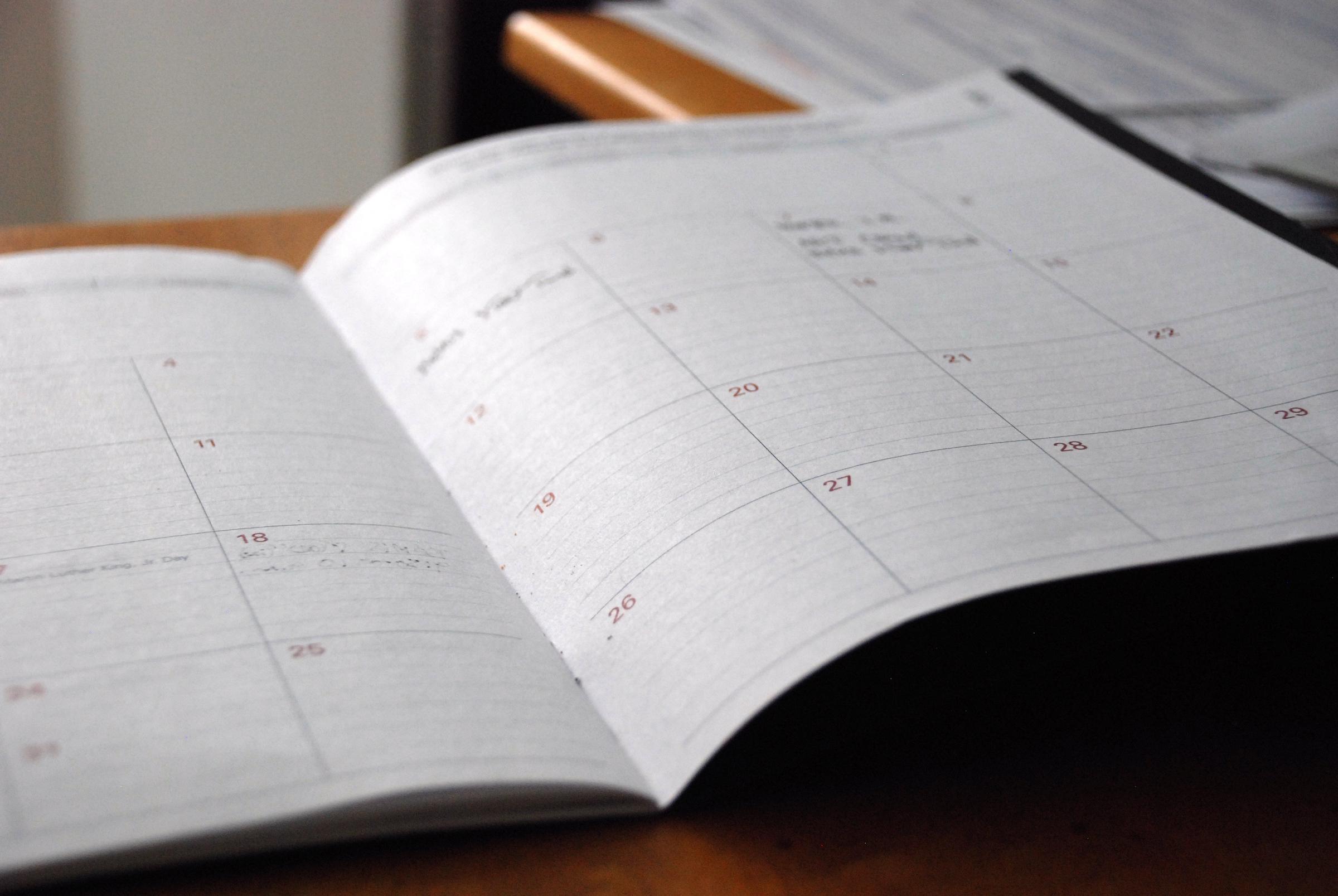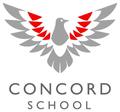Teaching & Learning

In this edition of teaching and learning we will look at the Maths content to be studied across the school in Number Algebra over the next few weeks. Then we will look at some fun activities you can do at home to reinforce the skills that we have been learning in the classroom.
Concord Number Algebra Concepts
Over the next few weeks students from the Primary area of the school will be working on efficient mental strategies for addition. Over the course of the year students have been learning concepts like counting on, friends of ten and doubles facts to help them solve addition equations with more fluency. Most of our Secondary students from year 7-10 will be working on concepts about fractions and decimals. An understanding of these higher order concepts is essential for many life skills like cooking and measuring. Though the content is from the Victorian Curriculum we endeavor to relate the skills to a practical application.
What You Can Do At Home To Practise These Skills
What You Do:
1. Begin by looking over the ingredients with your child. Ask him to identify the fractions within the recipe.
2. Ask your child to convert any whole numbers into fractions. For example, 1 cup of milk can be changed to 2/2 or 4/4. This puts all numbers in fraction form. Remember: All fractions must have common denominators in order to be added or subtracted. Be sure that you guide your child to convert all fractions with a common denominator before he attempts to do his math.
3. Ask your child to rewrite the recipe by doubling the amount of ingredients.
4. Ask your child to rewrite the recipe subtracting a given amount from each ingredient. For example, subtract 1/3 cup of flour or subtract 1/8 teaspoon of salt. You won’t use these measurements: they are only meant to give a pinch of practice in subtractions.
5. Using the new recipe for a double batch, start cooking! Let your child do the measuring to give him lots of practice with the fractions.
Chocolate Chip Cookie Recipe:
Ingredients:
- 2 1/4 cups all-purpose flour
- 1 teaspoon baking soda
- 1 teaspoon salt
- 1 cup (2 sticks) butter, softened
- 3/4 cup granulated sugar
- 3/4 cup packed brown sugar
- 1 teaspoon vanilla extract
- 2 large eggs
- 2 cups (12-oz. pkg.) chocolate chips
Directions:
PREHEAT oven to 375° F.
-COMBINE flour, baking soda and salt in small bowl. Beat butter, granulated sugar, brown sugar and vanilla extract in large mixer bowl until creamy. Add eggs, one at a time, beating well after each addition. Gradually beat in flour mixture. Stir in morsels and nuts. Drop by rounded tablespoon onto ungreased baking sheets.
-BAKE for 9 to 11 minutes or until golden brown. Cool on baking sheets for 2 minutes; remove to wire racks to cool completely. (Nestles Toll House)
Admit it. Sometimes you just don't feel like rolling out of bed in the morning. Well, with a host of other excuses (er, holidays) on the calendar, letting your kids make breakfast in bed every now and then seems only fair.
The kitchen can be a favourite place for kids. And cooking helps them develop valuable skills-- from eye-hand coordination, to reading, to math. Cooking is especially good for helping kids practice fractions on the fly.
This Oatmeal Pancakes recipe is not only easy for young kids to make, but it's also easy for them to cut in half, or to double-- a great way for them to practice the early fractions they're learning in first grade.
What You Need:
- 1/2 cup quick oats
- 1/2 cup all-purpose flour
- 1 cup milk + 1 tablespoon lemon juice: allow to sit for 5 minutes
- 1/4 cup milk
- 1 tablespoon sugar
- 2 tablespoons vegetable oil
- 1/2 teaspoon baking soda
- 1/2 teaspoon salt
- 1 teaspoon baking powder
- 1 egg
- Combine all ingredients and mix together until the batter is smooth.
- Spray the griddle or frying pan with cooking spray. For each pancake, pour 1/4 cup of batter onto the hot pan and cook the pancakes until they start to bubble and the edges are cooked. Flip and cook the other side.
- Serve with warm maple syrup, yogurt and fresh fruit, or however your family likes them! This recipe makes about 10 pancakes.
Just remember that every experience of cooking can be used to practise lots of important functional skills with your kids. These experiences should be fun so if they become challenging simply move onto something else.
Kirrily Lamers
Assistant Principal
